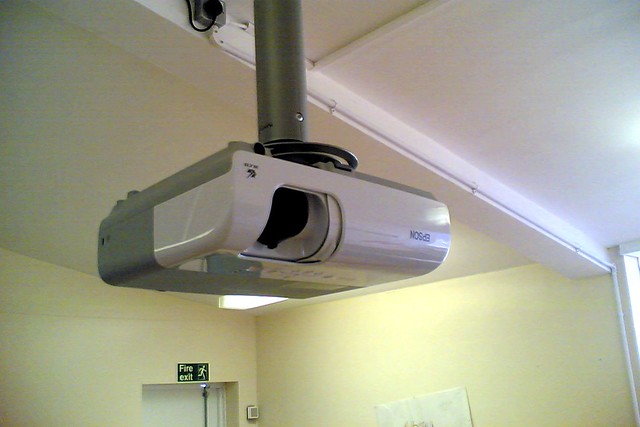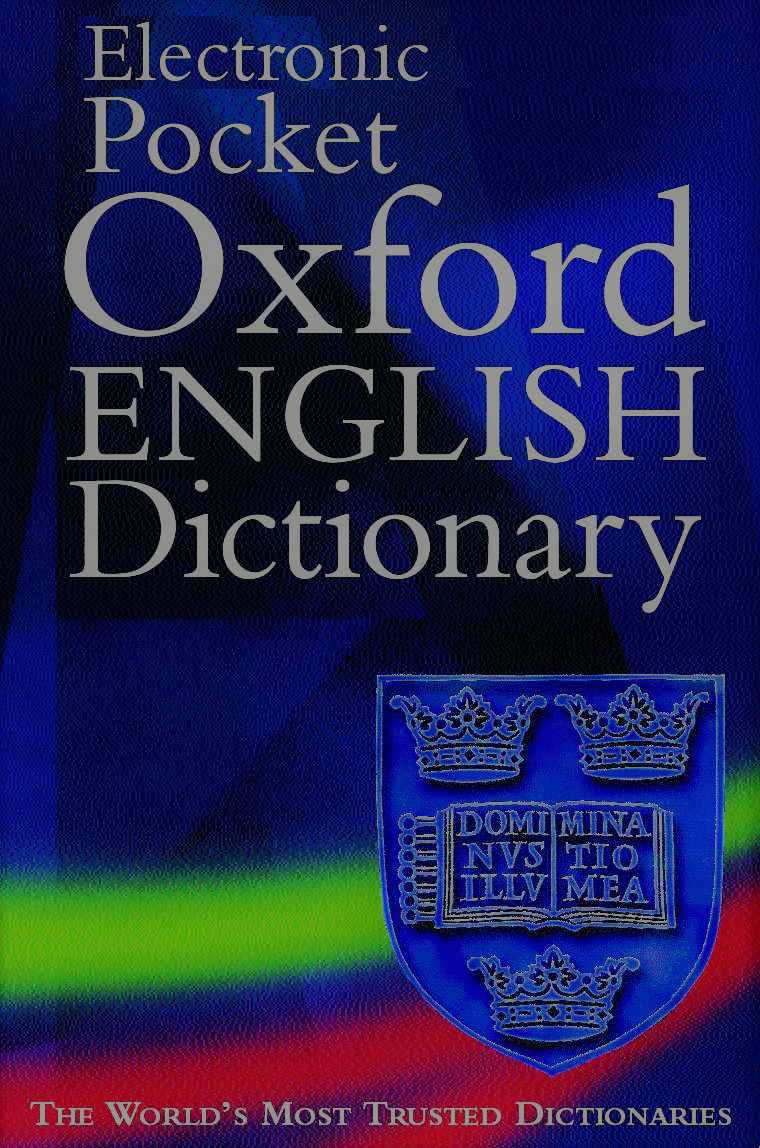1.11: Ejercicios- En el salón de clases y los números
- Page ID
- 113855
\( \newcommand{\vecs}[1]{\overset { \scriptstyle \rightharpoonup} {\mathbf{#1}} } \) \( \newcommand{\vecd}[1]{\overset{-\!-\!\rightharpoonup}{\vphantom{a}\smash {#1}}} \)\(\newcommand{\id}{\mathrm{id}}\) \( \newcommand{\Span}{\mathrm{span}}\) \( \newcommand{\kernel}{\mathrm{null}\,}\) \( \newcommand{\range}{\mathrm{range}\,}\) \( \newcommand{\RealPart}{\mathrm{Re}}\) \( \newcommand{\ImaginaryPart}{\mathrm{Im}}\) \( \newcommand{\Argument}{\mathrm{Arg}}\) \( \newcommand{\norm}[1]{\| #1 \|}\) \( \newcommand{\inner}[2]{\langle #1, #2 \rangle}\) \( \newcommand{\Span}{\mathrm{span}}\) \(\newcommand{\id}{\mathrm{id}}\) \( \newcommand{\Span}{\mathrm{span}}\) \( \newcommand{\kernel}{\mathrm{null}\,}\) \( \newcommand{\range}{\mathrm{range}\,}\) \( \newcommand{\RealPart}{\mathrm{Re}}\) \( \newcommand{\ImaginaryPart}{\mathrm{Im}}\) \( \newcommand{\Argument}{\mathrm{Arg}}\) \( \newcommand{\norm}[1]{\| #1 \|}\) \( \newcommand{\inner}[2]{\langle #1, #2 \rangle}\) \( \newcommand{\Span}{\mathrm{span}}\)\(\newcommand{\AA}{\unicode[.8,0]{x212B}}\)
Objetivos
- Identify common objects in the classroom
- Form numbers up to 31
- Recognize spoken numbers
A.  ¿Lógico o Ilógico?
¿Lógico o Ilógico?
Actividad \(\PageIndex{A}\)
B.  En la clase
En la clase
Actividad \(\PageIndex{B}\)
C.  No tengo… (I don’t have…)
No tengo… (I don’t have…)
Actividad \(\PageIndex{C}\)
D.  Números 0-31
Números 0-31
Actividad \(\PageIndex{D}\)
E.  Números 0-31
Números 0-31
Actividad \(\PageIndex{E}\)
F.  Un poco de matemáticas
Un poco de matemáticas
Actividad \(\PageIndex{F}\)
Text Only
A. ¿Lógico o Ilógico?
Write whether each statement is L (lógico – logical) or IL (ilógico – illogical).
- _____ Hay una mesa en mi mochila.
- _____ Hay un mapa en la pared.
- _____ Hay ventanas en la tiza.
- _____ Hay una silla en el bolígrafo.
- _____ Hay una ventana en la pared.
- _____ Hay un lápiz en mi mochila.
- _____ Los estudiantes estudian (study) en la puerta.
- _____ Hay papel en la carpeta.
B. En la clase
Circle the word that does not belong in each set of words
- la carpeta – el lápiz – el bolígrafo – el marcador
- el pupitre – la cortina – la mesa – la silla
- el profesor – el estudiante – la tiza – la clase
- el papel – el teléfono – la computadora – la calculadora
- el diccionario – el libro – el cuaderno – la luz
- el reloj – el mapa – el escritorio – la pizarra
- la pared – la mochila – la ventana – la puerta
C. No tengo… (I don’t have…)
Fill in the missing words.
- Teresa: ¡Hola Carlos! ¿Cómo estás?
Carlos: Muy bien, gracias, Teresa. ¿Y tú?
Teresa: Muy bien, gracias. Oye, No tengo __________________ ( ). ¿Tú tienes? (do you have any?)
). ¿Tú tienes? (do you have any?)
Carlos: No, no tengo. Pero tengo un __________________ ( ).
). - Mi profesora usa una _________________ (
 ) en la _________________ (
) en la _________________ ( ) de la clase.
) de la clase. - Rodrigo: ¿Hay una ___________________ (
 ) en tu clase?
) en tu clase?
Miguel: No, pero hay un ____________________ ( )
) - Yo necesito (need) una ____________________ (
 ) para mi clase de matemáticas y un ___________________ (
) para mi clase de matemáticas y un ___________________ ( ) para mi clase de español.
) para mi clase de español. - Carlota: Ana, ¿en tu salón de clase hay un ___________________ (
 )?
)?
Ana: No, hay dos. Hay uno de Latinoamérica y uno de Estados Unidos.
D. Números 0-31 A
- Which is the correct written form of the number 6?
- tres
- siete
- trece
- seis
- Which is the correct written form of the number 12?
- doce
- once
- dos
- trece
- Which is the correct written form of the number 15?
- cincuenta
- cinco
- quince
- dieciséis
- Which is the correct written form of the number 17?
- diecisiete
- seis
- siete
- setenta
- Which is the correct written form of the number 21?
- treinta y uno
- veinte
- ventiuno
- veintidós
- Which is the correct written form of the number 8?
- seis
- siete
- ochenta
- ocho
- Which is the correct written form of the number 29?
- veintiocho
- veintinueve
- diecinueve
- nueve
- Which is the correct written form of the number 14?
- cuarenta
- cuatro
- catorce
- quince
- Tres más (+) dos es igual a (=) _____.
- doce
- cinco
- treinta
- veintidós
- Nueve menos tres son _____.
- trece
- seis
- siete
- once
- Cuatro más ocho son _____.
- cinco
- doce
- quince
- trece
- Quince más cinco son _____.
- catorce
- veinte
- veinticinco
- diecinueve
- Diecinueve menos diez son _____.
- ocho
- diez
- nueve
- cero
- Veinte más seis son _____.
- veintiséis
- catorce
- veintisiete
- veinticinco
- Diecisiete menos dos son _____.
- dieciséis
- quince
- nueve
- veinticinco
- Veinticuatro más seis son _____.
- treinta
- dieciocho
- siete
- dieciséis
E. Números 0-31
Form numbers up to 31
- Escribe en letra el número: 16____________
- Escribe en letra el número: 20____________
- Escribe en letra el número: 22____________
- Escribe en letra el número: 30____________
- Escribe en letra el número: 23____________
- Escribe en letra el número: 0____________
- Escribe en letra el número: 13____________
- Escribe en letra el número: 7____________
F. Un poco de matemáticas
Solve the following basic math problems and write in letters the resulting number.
- 5 + 2 = ____; ___________________
- 30 ÷ 10 = ____; _________________
- 3 x 4 = ____; ___________________
- 30 – 8 = ____; ___________________
- 15 + 10 = ____; __________________
Contributors and Attributions
- Ejercicios: En el salu00f3n de clases y los nu00fameros. Authored by: Lumen Learning with Freedom Learning Group. License: CC BY: Attribution
- Ejercicios: En el salu00f3n de clases y los nu00fameros. Authored by: SUNY Oneonta with Lumen Learning. Provided by: SUNY Oneonta. License: CC BY: Attribution


